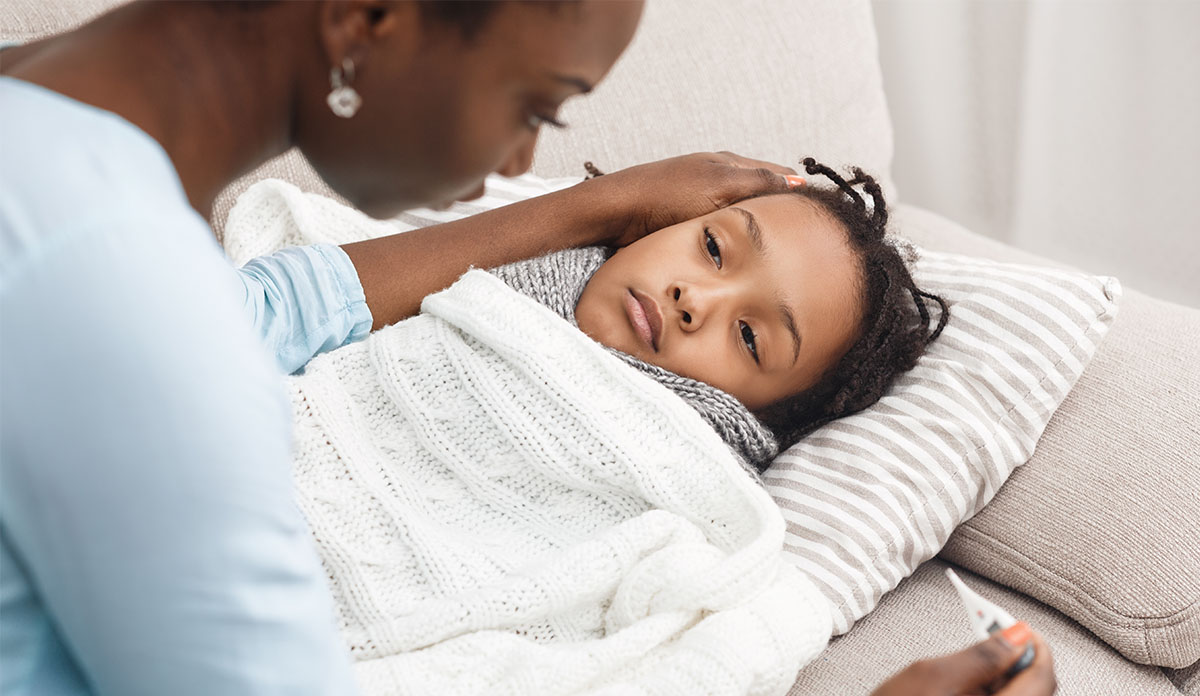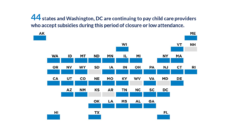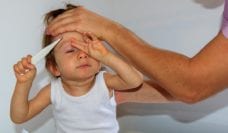Congress hasn’t passed meaningful sick leave legislation for nearly 30 years. Fast forward to 2020 when a pandemic upended the world. It took an event of catastrophic proportions to spur the US government to temporarily improve worker protections via the Families First Coronavirus Response Act (FFCRA).
Effective from April 1 through December 31, 2020, FFCRA required that employees be granted paid sick leave for Covid-related reasons. This included employees who needed time off to quarantine, or to care for their home-bound children as schools and day care shut down across the country. However, FFCRA let many employers off the hook. Businesses with more than 500 employees were not required to offer paid sick leave. This loophole put nearly 2.1 million frontline grocery store workers in an impossible position. Report to work to afford this month’s bills, or risk taking unpaid time off to care for their children.
Forcing workers to make these choices ignores the evidence about the positive health effects of paid sick leave policies. Studies show people with access to this benefit are more likely to see a doctor and are less likely to report to work while sick. Employees clearly benefit from paid sick leave. But what about their families? Researchers Seixas and Macinko from UCLA took 2013-2017 data from the CDC National Health Interview Survey to examine the relationship between parents’ access to paid sick leave and their children’s frequency of visiting healthcare providers.
Parents with paid sick leave were 16% more likely to have taken their children for primary care check-ups and 20% more likely to have their children vaccinated against the flu. Overall, they were more likely to seek non-emergency medical care for their children.
Only 23% of part-time workers had paid sick leave, leaving out more than 14.5 million people.
Paid sick leave offers clear health advantages, but the research team noted large disparities in who is offered these benefits. Only 23% of part-time workers had paid sick leave, leaving out more than 14.5 million people. Additionally, only 36% of people in the lowest income group had access to this benefit, compared to 74% of people with the highest income. These disparities in sick leave coverage exacerbate health inequities.
Congress had the opportunity to meaningfully expand paid sick leave, but the recently passed American Rescue Plan does not require employers to offer this benefit. Once again, the legislature failed to protect workers most in need of accessing paid sick leave. Unfortunately, this means individuals will continue making the difficult choice between their job and the health of their families.
Photo via Getty Images














